I’ve been involved in fur trapping for over 30 years and my father, Gordon has been a trapper for over 70 years. Fur trapping has always been a huge part of my life and even though it’s not something I do much anymore, it’s something that I think about often during my day-to-day work. Being a bush pilot of 30 years, I’m able to fly over the North and watch the landscape transform in different ways due to logging, forest fires, blow down from severe storms, among other effects of Man and Mother Nature. All of these factors, along with changing Ministry regulations have a large part in the ups and downs of the wildlife population. Something that people don’t often think about is how these activities can affect a fur trapper and his trapline. A trapper spends all his life on his trapline cutting miles of access trails, portages, and building trappers cabins to enable harvest in remote areas; this trapline becomes his life. The trapline is where he goes to work every day and does his best to manage and increase the wildlife population for the future. Contrary to many beliefs, the last thing a trapper wants to do is overharvest any one species or area because this will cause the line to be “off-balance”. Fur trapping is very good for keeping wildlife and ecosystems balanced and increasing the population in a healthy way.
My father, Gordon Clark started trapping back in the 40’s at the age of 11. He lived in Copper Lake, Novia Scotia. He was a young boy going to school everyday, but it was time to start making some money of his own. His Dad loaned him enough money to buy one muskrat trap. He slept on the tin roof of an old shed right next to his muskrat trap so that every time he caught one, he could take the muskrat out and reset the trap. He would go to school the next day and then do it all over again. He made enough money to buy more traps and he continued to trap muskrat.
When he turned 14, hydro electricity came to his town and they got power on the farm. My Dad got a job with Novia Scotia Power and continued to save his money. He bought an old used bicycle that he used to get around his “trapline”. The tires were so worn out that he filled them with heavy rope and sewed the rubber together with rabbit wire. He continued to trap muskrat until he left home at 15 years old.
His Mother raised the kids and worked on the farm, while his Father worked at the mine in Timmins, Ontario. His Mother gave each of the kids a calf to raise and sell. Dad made enough money from his calf to buy a train ticket to Timmins when he was 15 and so he left home.
Although he only had his education to 9th grade, he did home schooling for mining and mapping. He worked in the mine in Timmins for 5 years. He made a friend in Timmins, who was older than him and who was also a trapper. He trapped muskrats on the Motogomy River. My Dad helped him trap while he was there for his 5 years. He then went to work for a safety shoe company, which brought him to Northwestern Ontario.
He met my Mother, Mary when he was 21 and they got married in 1957. They started trapping squirrels and weasels together, mainly on private property and on other people’s traplines with permits. It wasn’t until the mid 60’s when they bought their first trapline.
They made their living trapping furs all winter and trapping minnows all summer. Still today, at 83 years old he fur traps every winter. He doesn’t trap for as long of a season as he used to and it’s no longer to make a living. Furs are not worth nearly as much as they used to be. Fur trapping is his hobby and he does it to be close with nature and for physical exercise.
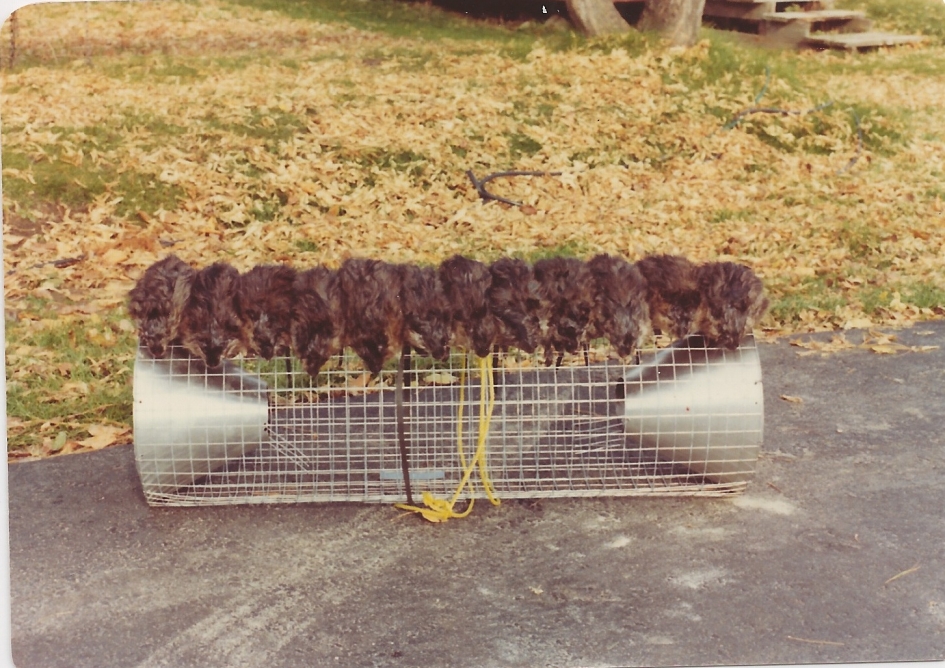
12 muskrats in one funnel trap.
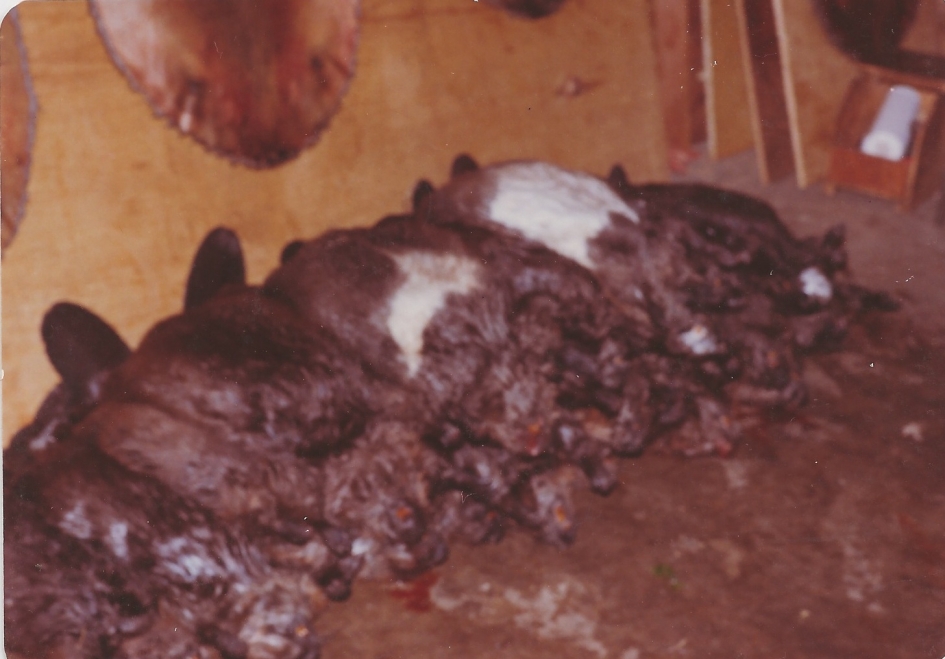
A couple partial albino beaver in this batch.
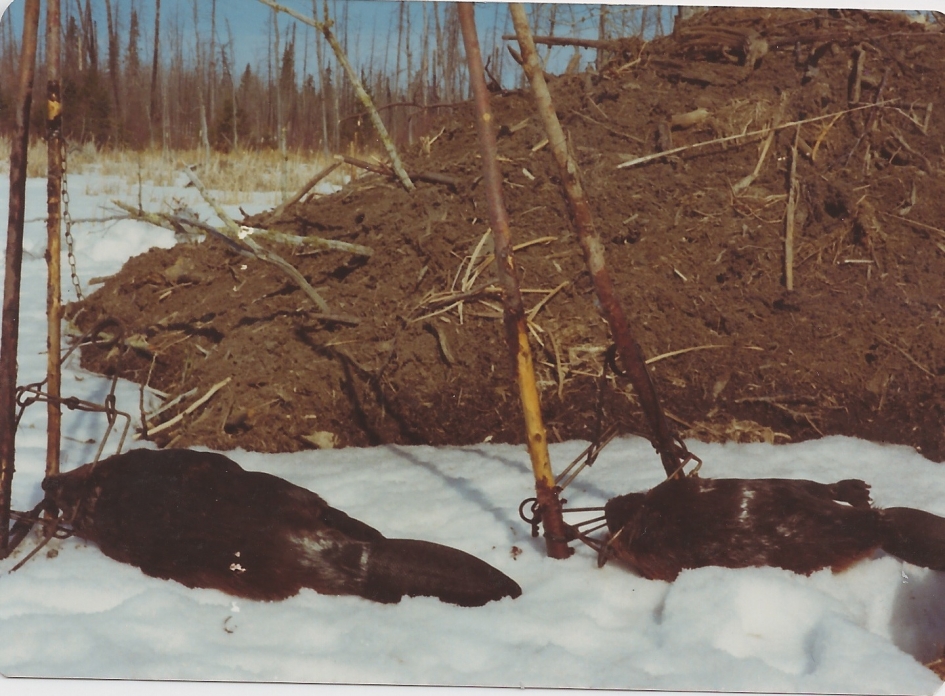
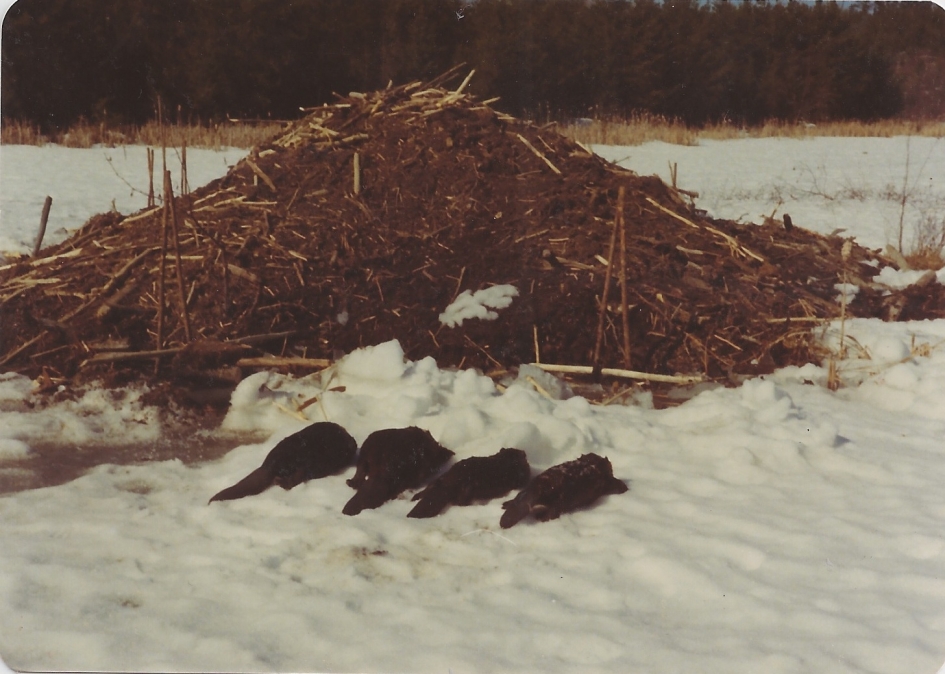
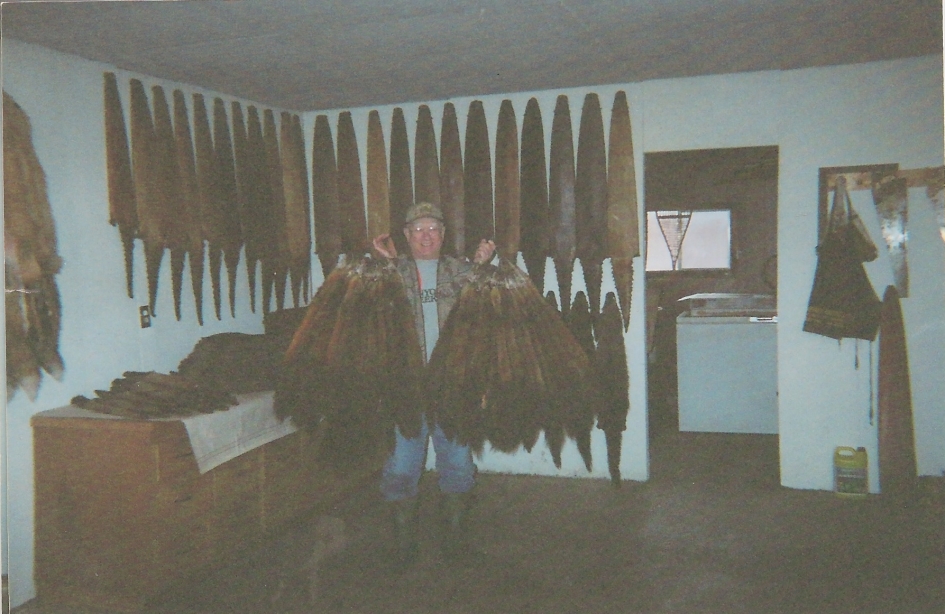
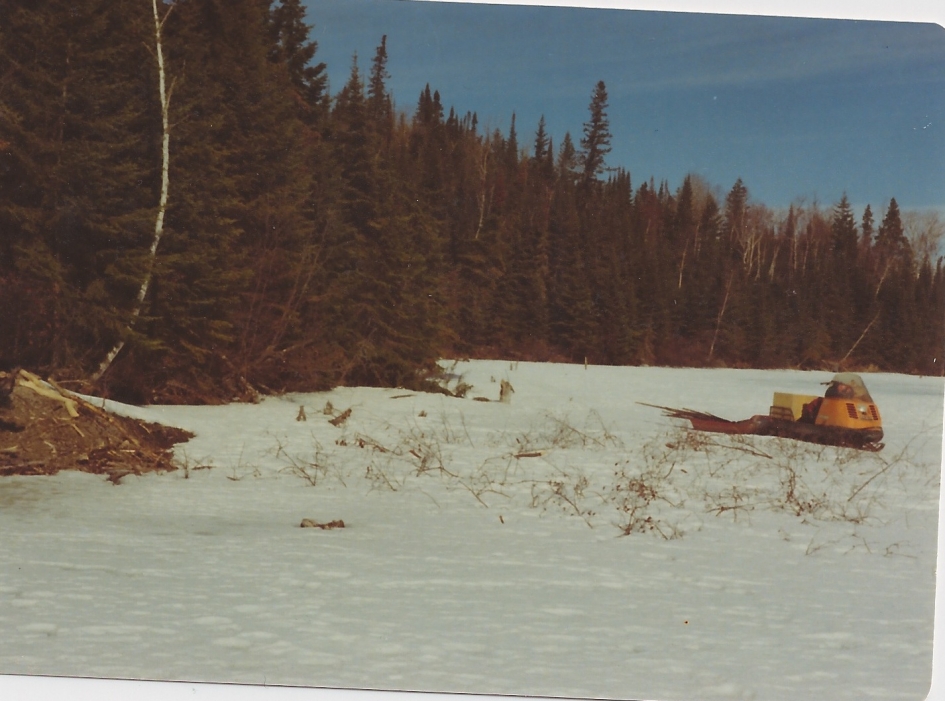
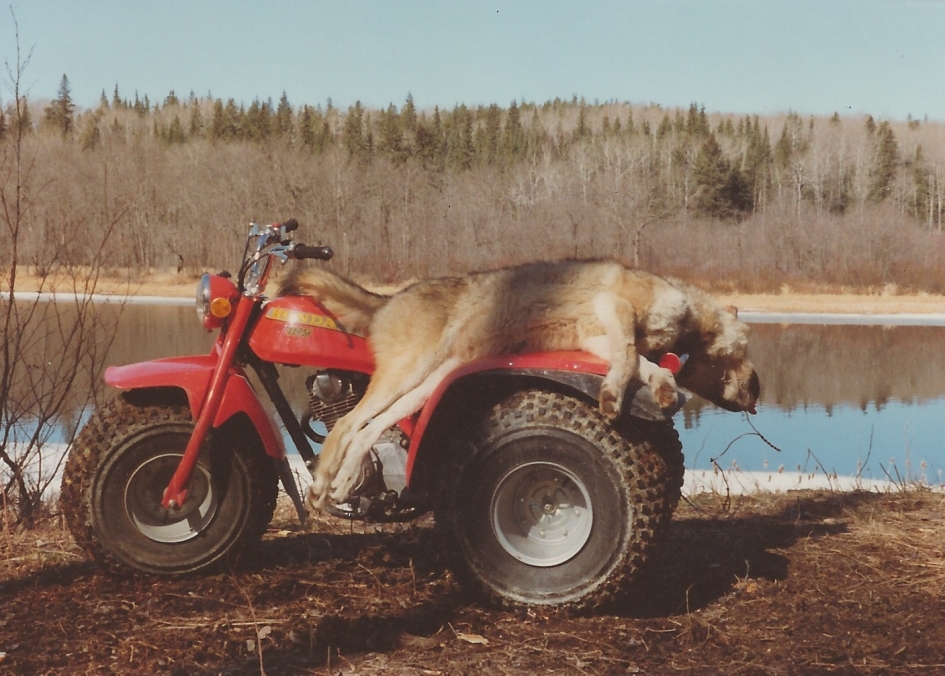
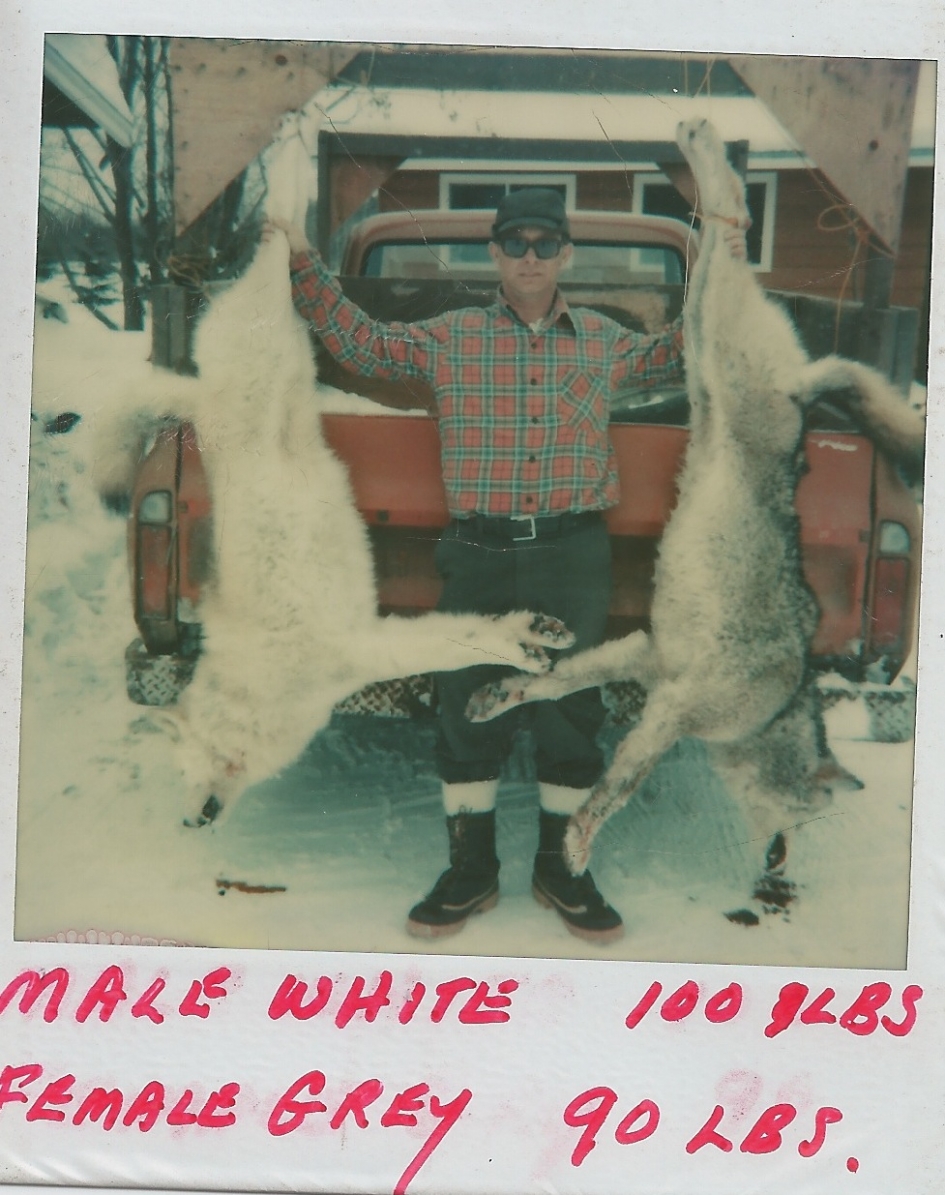
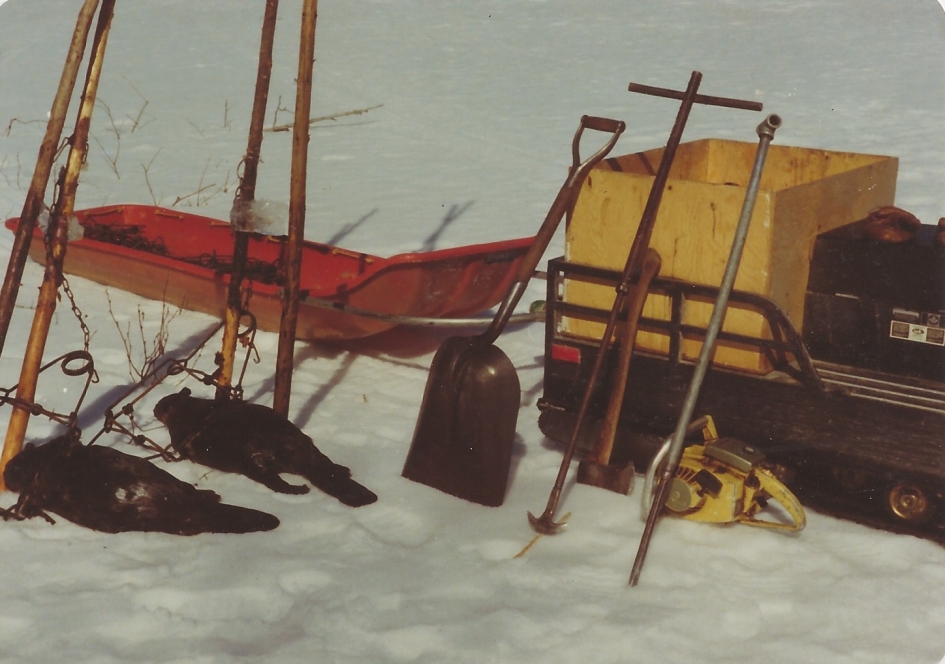
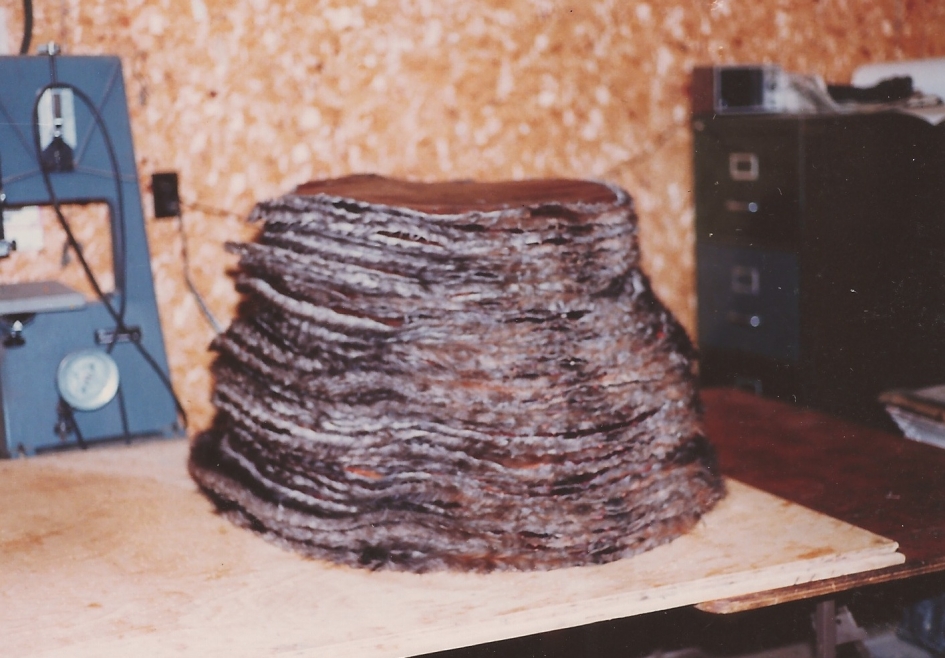
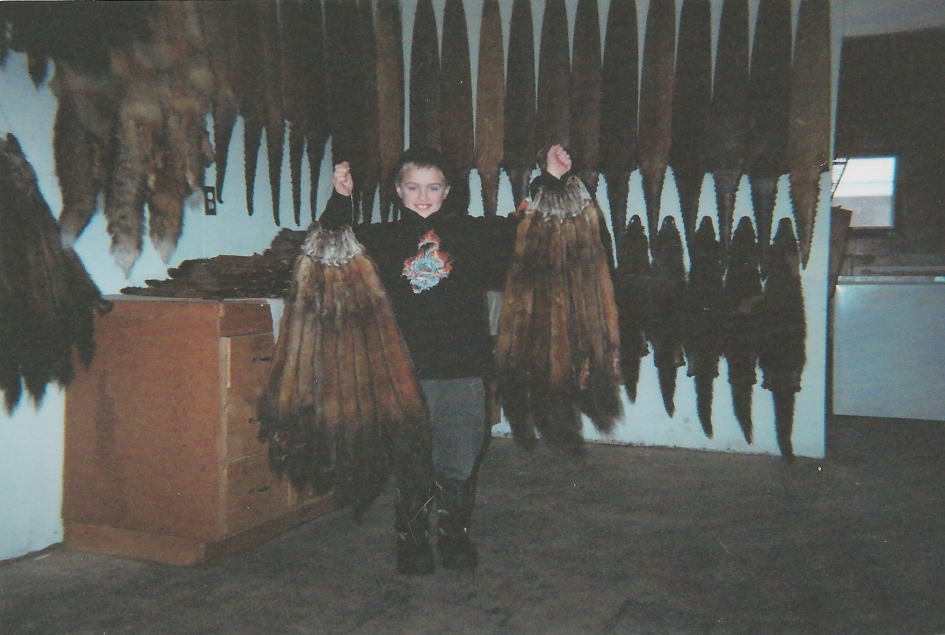
Wayne's son, Davis.
I can remember taking over my trapline is 1978. The line was roughly 600 square miles. It had not been trapped for several years. My first winter I got a lot of over-mature animals and very few young ones. After the first couple of years the mature animals began to thin out and I started to see a substantial increase in the population of all species. My Dad explained to me that when an area is not trapped for a few years breeding slows down and you end up with a more mature population. A trapper can balance this out with his work. Spending countless hours living so close to Mother Nature and learning all the characteristics of the animals in their natural habitat, there is no one that has more knowledge and respect for the bush and wildlife.
In our experience, a trapper requires a line of at least 450-500 square miles to sustain a living. A trapper will spend 30-40 years in this one area cutting trails and enjoying the wildlife, treating this area as a farmer would his crops. Things like forest fires or logging can be devastating for a trapper. Trappers understand that there are other parties that rely on the natural resources and there is nothing that can stop Mother Nature, but it is still hard to accept when a large area is logged or burnt as it will take many years for it to become rich again with fur. When a forest fire rolls through, a trapper can go back to the area in about 10 years, but it takes even longer if the area has been logged. A trapper hopes to not ever encounter either of these situations.
During the first few years of my trapping career, I was very fortunate to be able to enjoy good fur prices. In fact, it was due to the good prices that my wife, Karla, and I were able to get our start in business. Realizing this opportunity, Karla and I spent a lot of time at our trapper’s cabin on Ord Lake. She took the trapper’s course so that she could participate in skinning and processing our fur. My Dad was actually her instructor. He got his instructor’s license and ran trapper’s education courses on the native reserves in the 70’s and 80’s. During this time, trapping techniques were changing fast. Trapping was becoming more humane and so his job was to introduce these new humane traps and the new ways of preparing fur for the market.
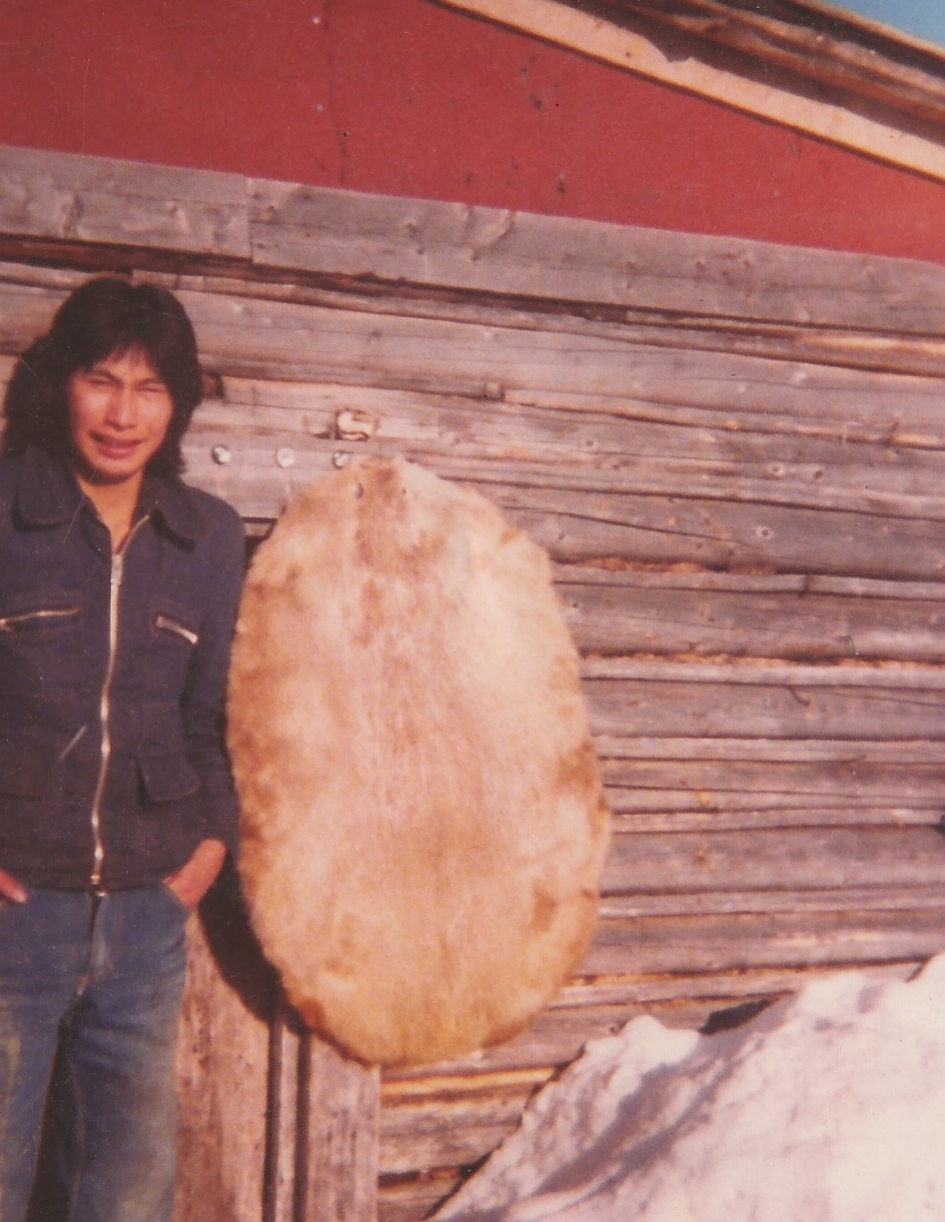
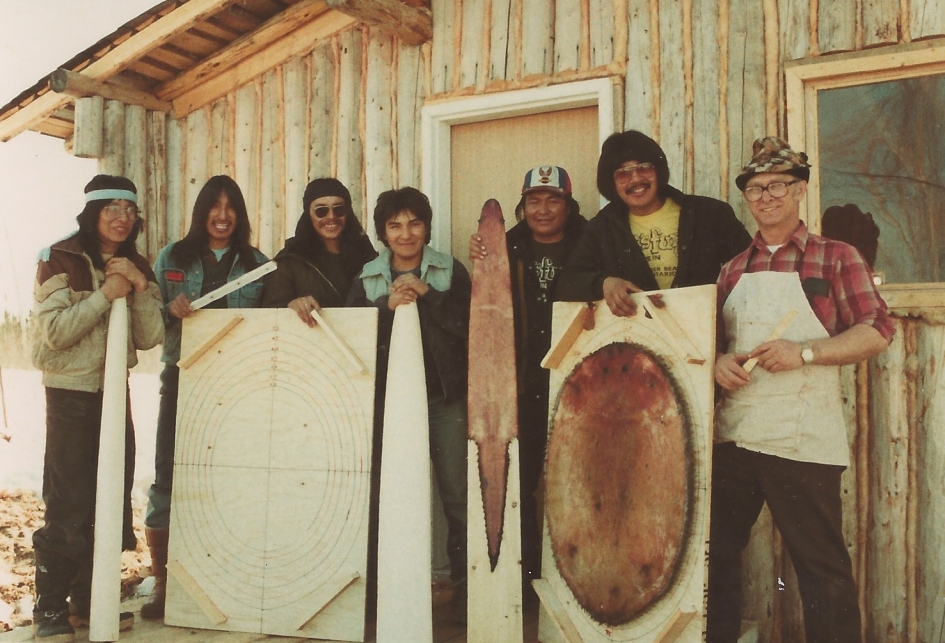
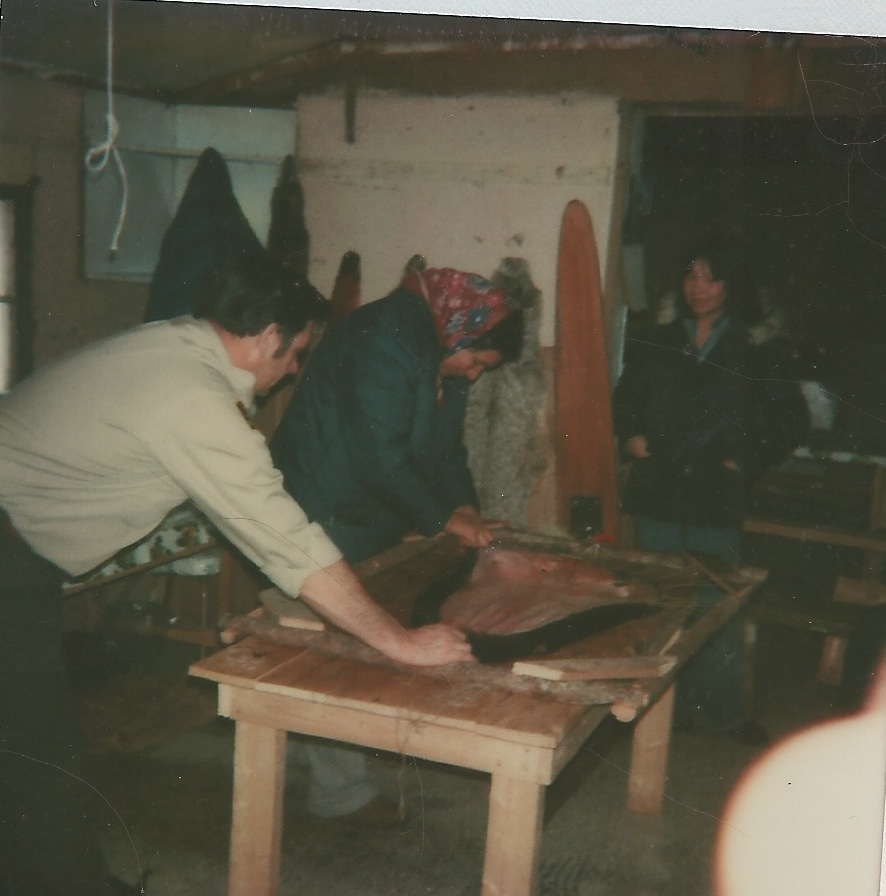
Fur trapping workshop in remote Northern community.
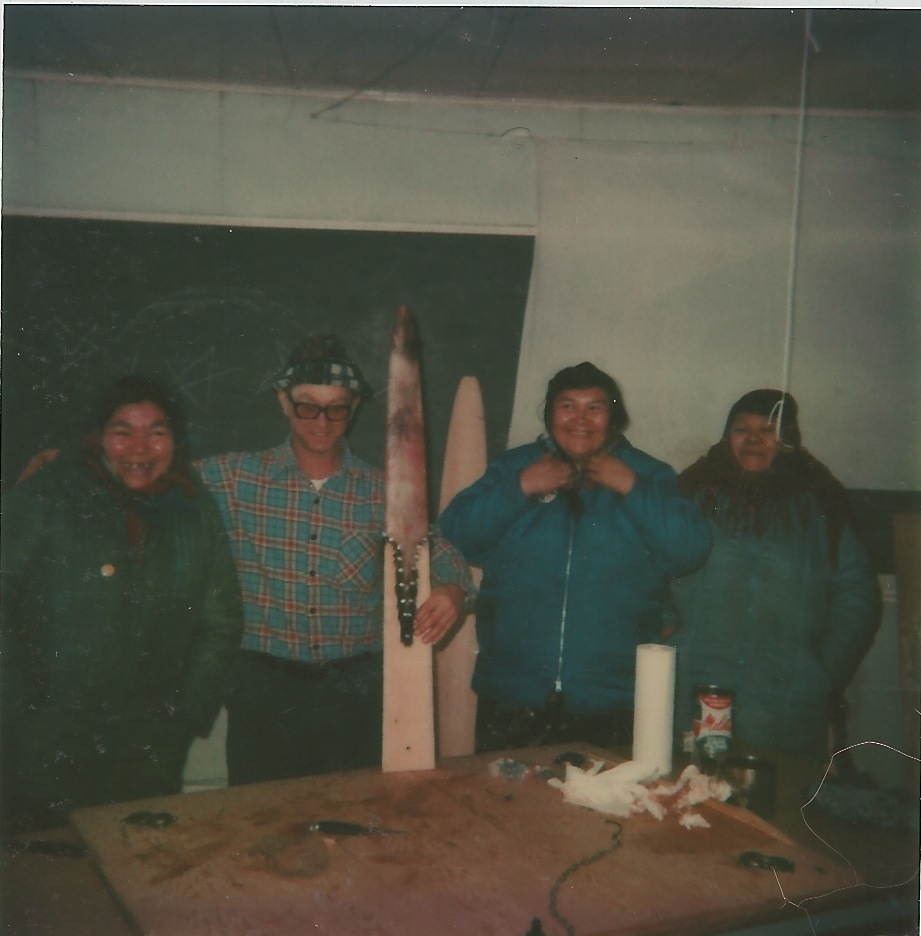
Trappers workshop in Sachigo Lake, February 1979.
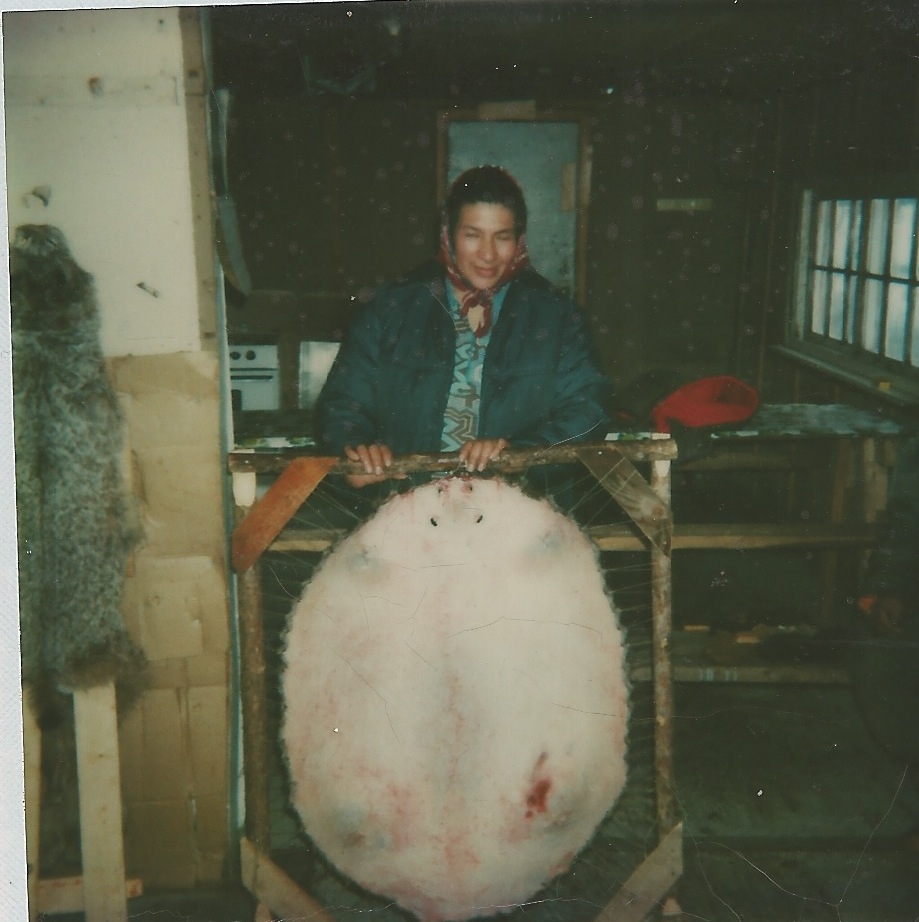
Finished beaver pelt.
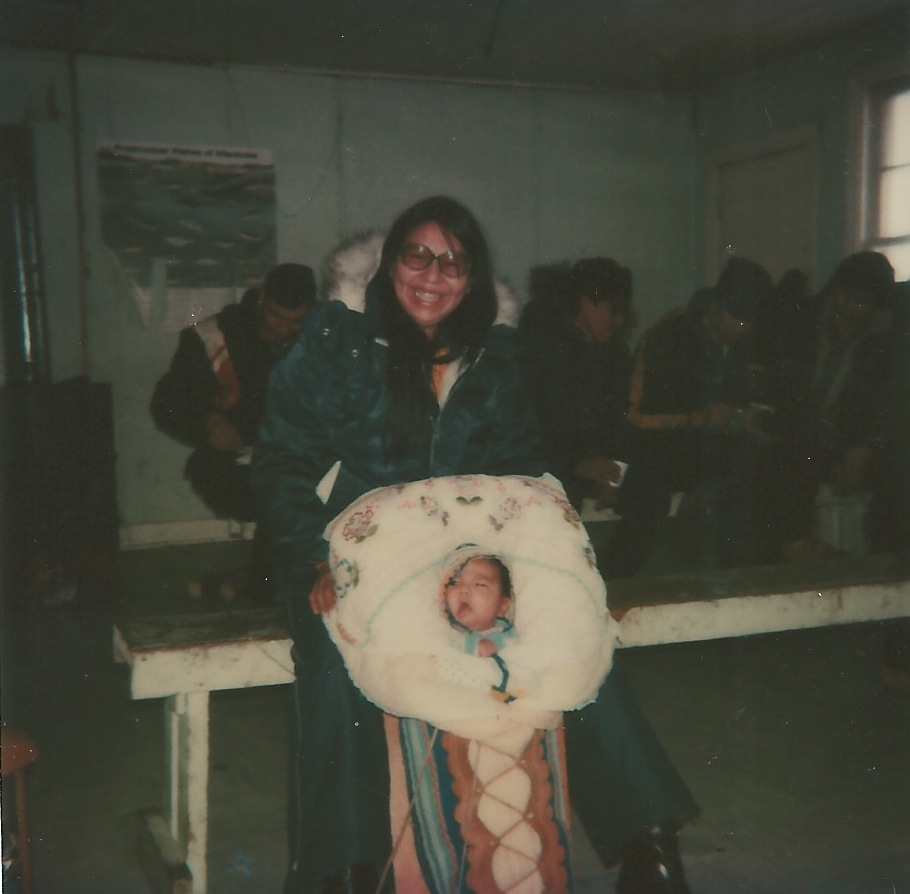
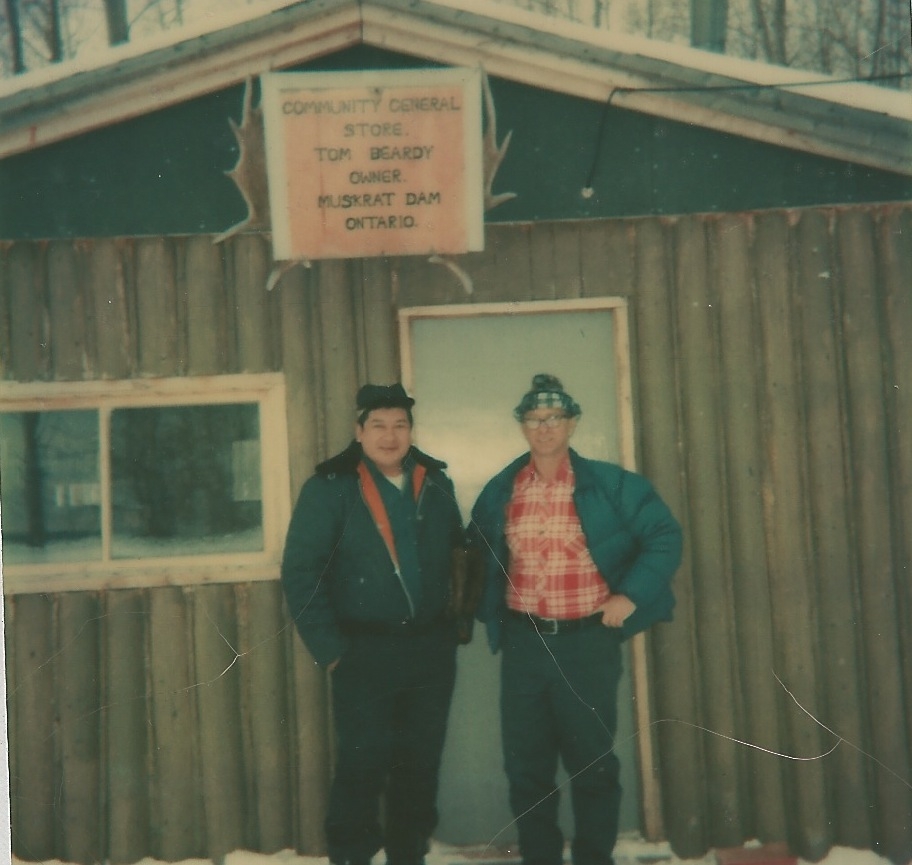
Some of the average prices per pelt around this time period were as follows:
Beaver - $45
Muskrat - $6
Mink - $47
Otter - $60
Fox - $50
Fisher - $200
Lynx - $800
Pine Martin - $150
Timber Wolves - $150
It was a great time to be trapping. Fur prices were high and the cost of fuel, equipment, and supplies were low. We made a great living on fur trapping in the winter and minnow trapping in the summer. We were very fortunate to enjoy this time period, as the high fur prices didn’t last long. It was a great lifestyle and we made some great memories. It really wasn’t about the money that we made, rather the great life that we lived and the closeness with Mother Nature that we were able to experience. The dollars that one makes is not what represents the true value of fur trapping, and that is why my Dad still does it today at the ripe “young” age of 83!!
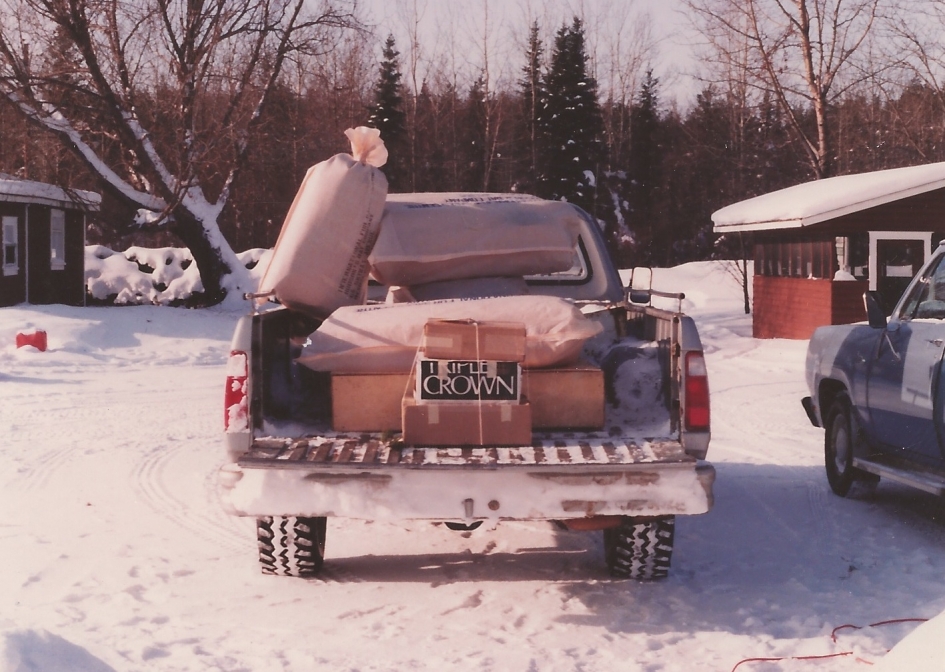
Furs all packed up and ready to ship to auction house.
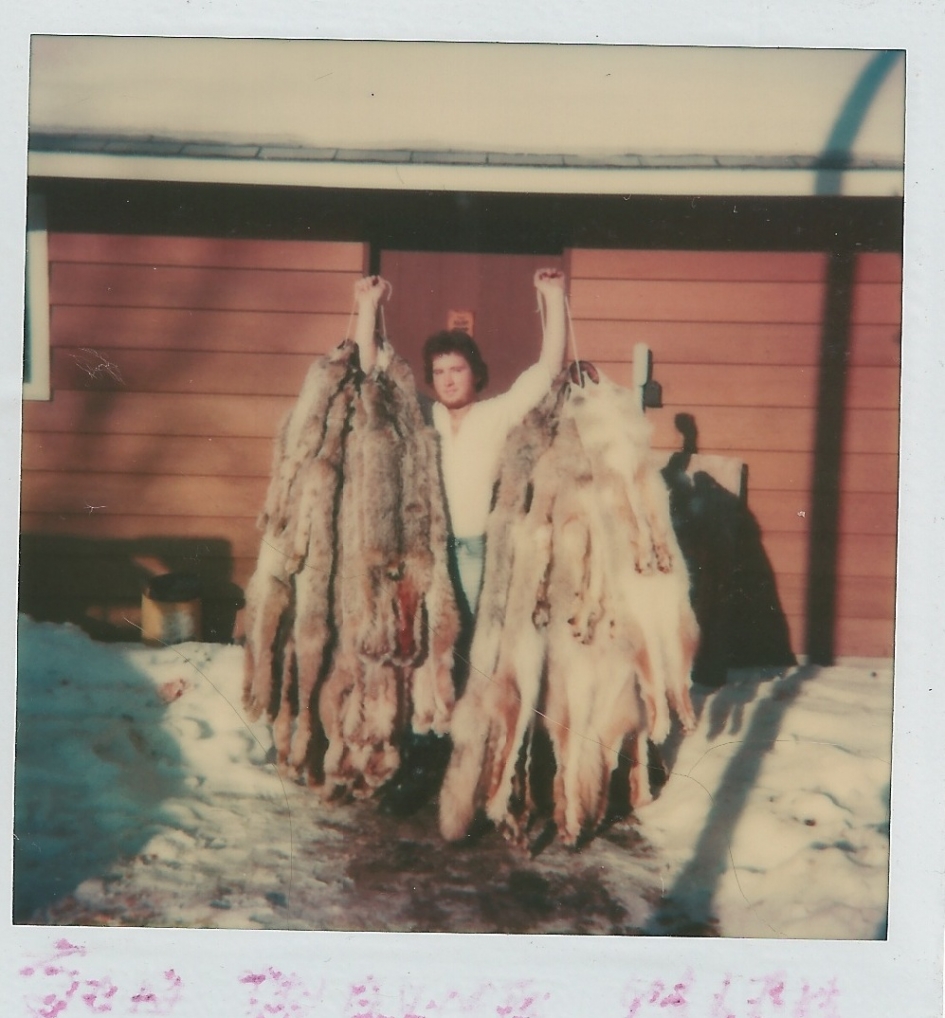
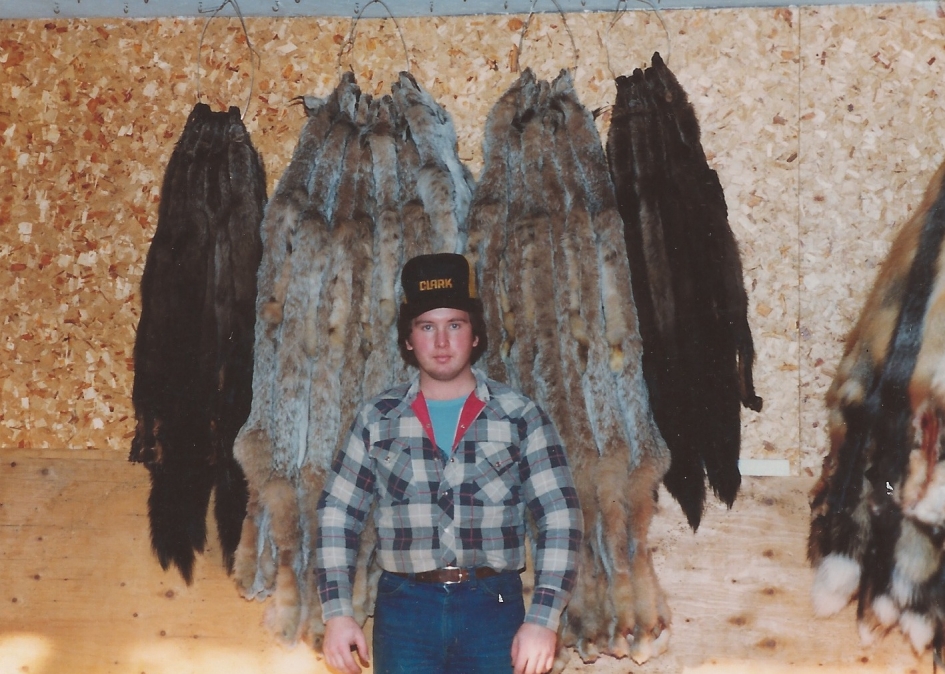
Lynx and Fisher.
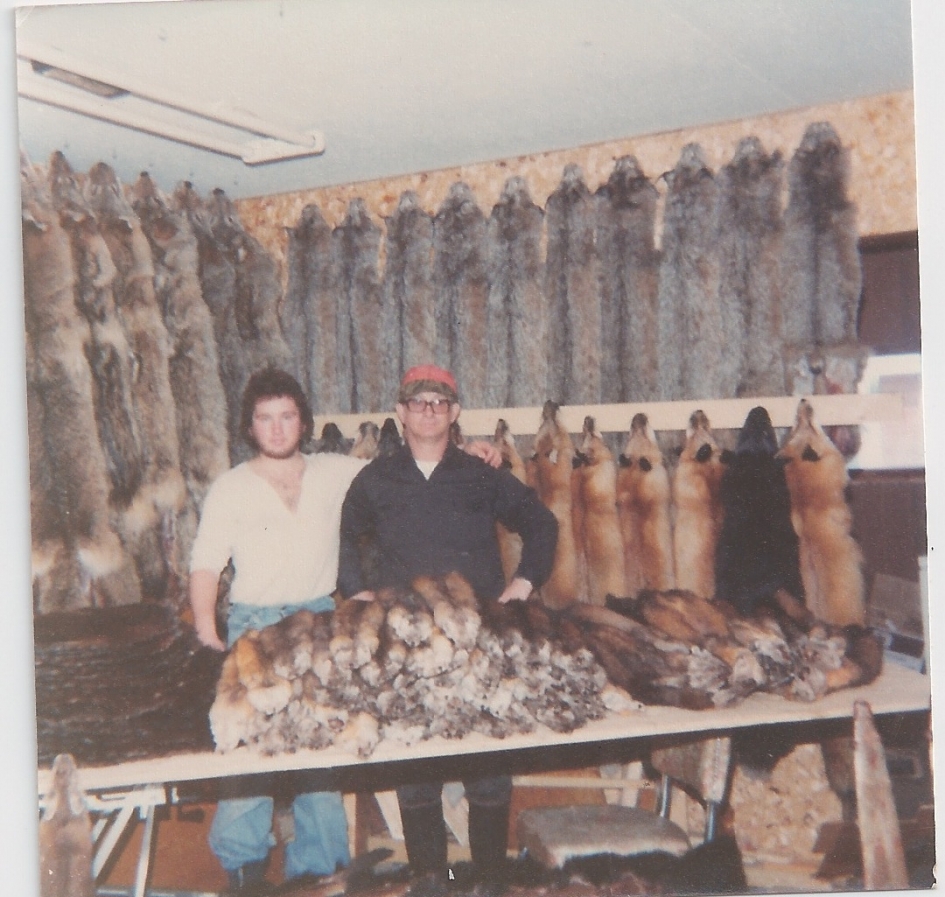
My Dad and I in 1979.
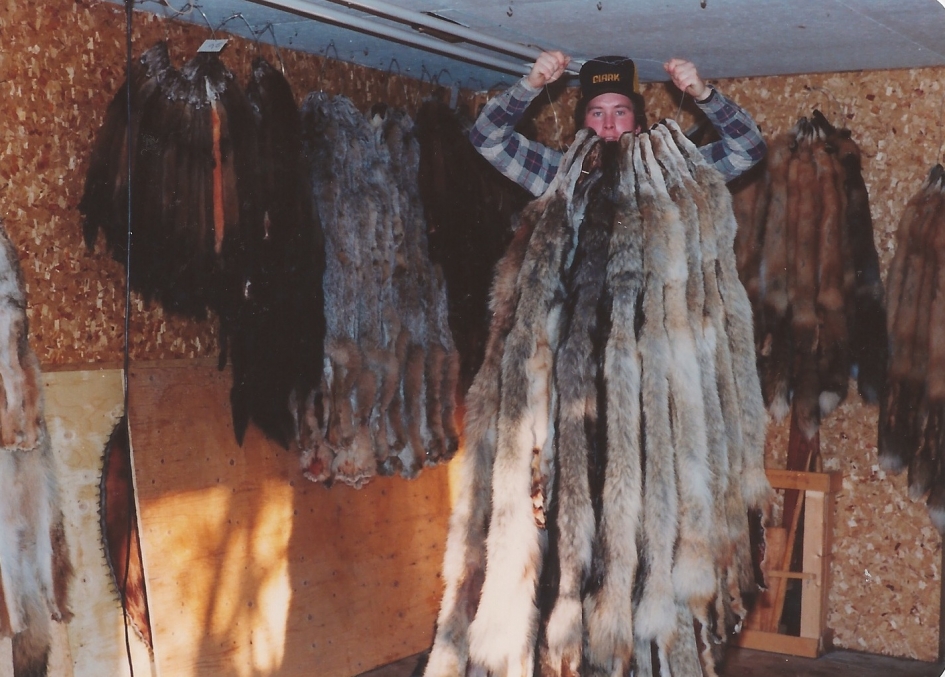
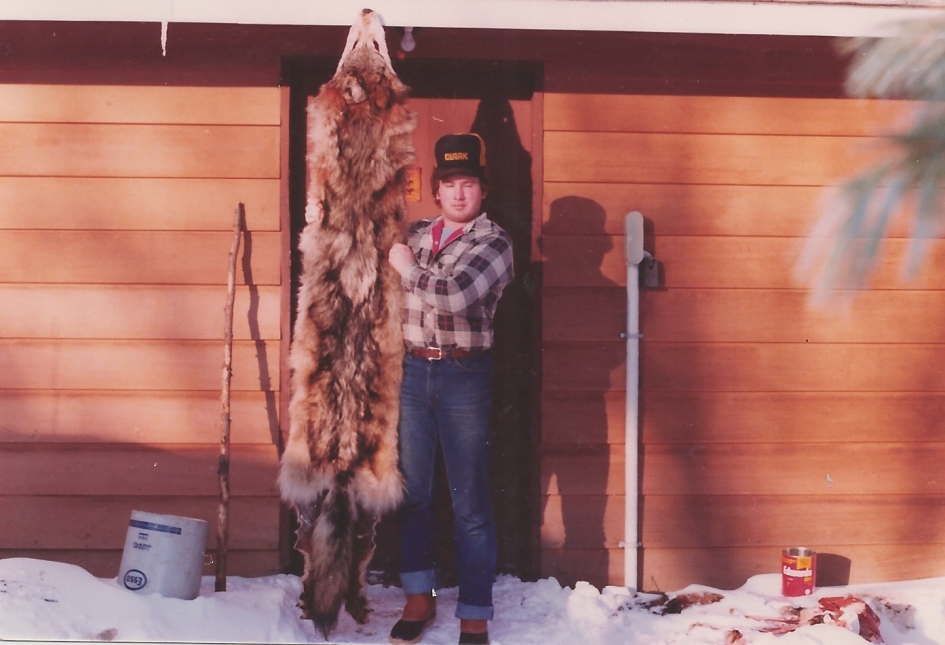
Large wolf.
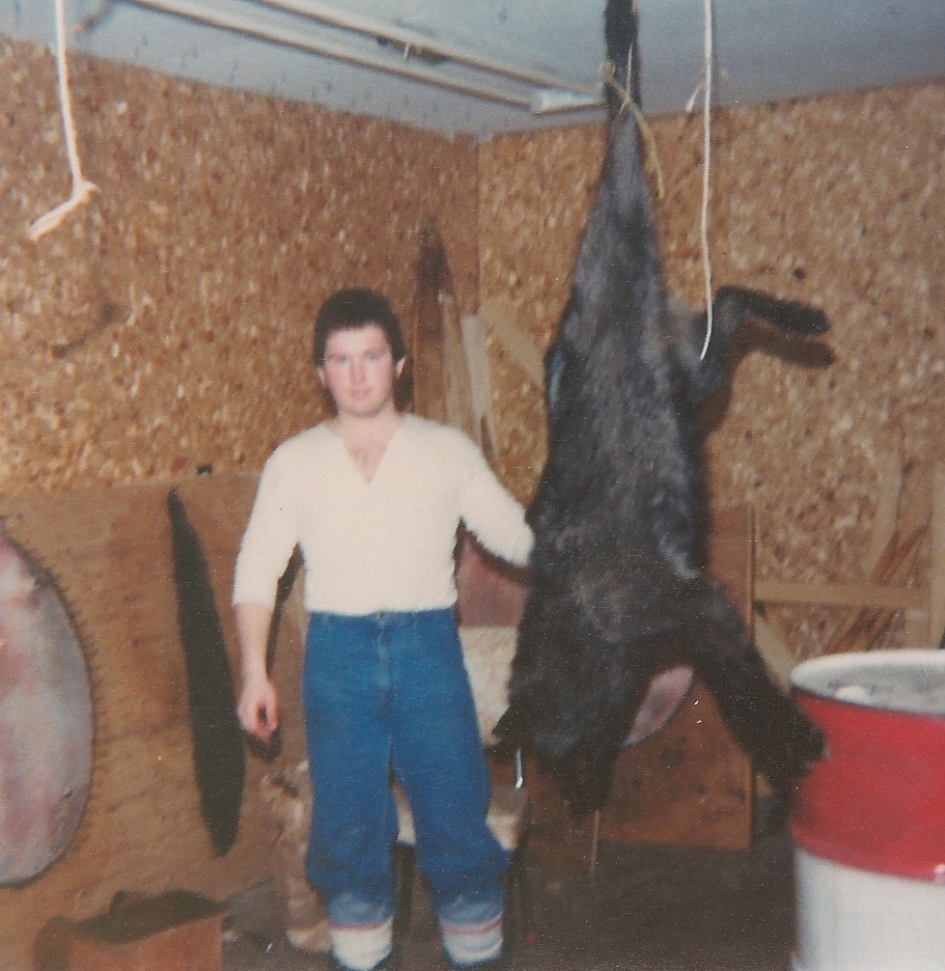
Black wolf.
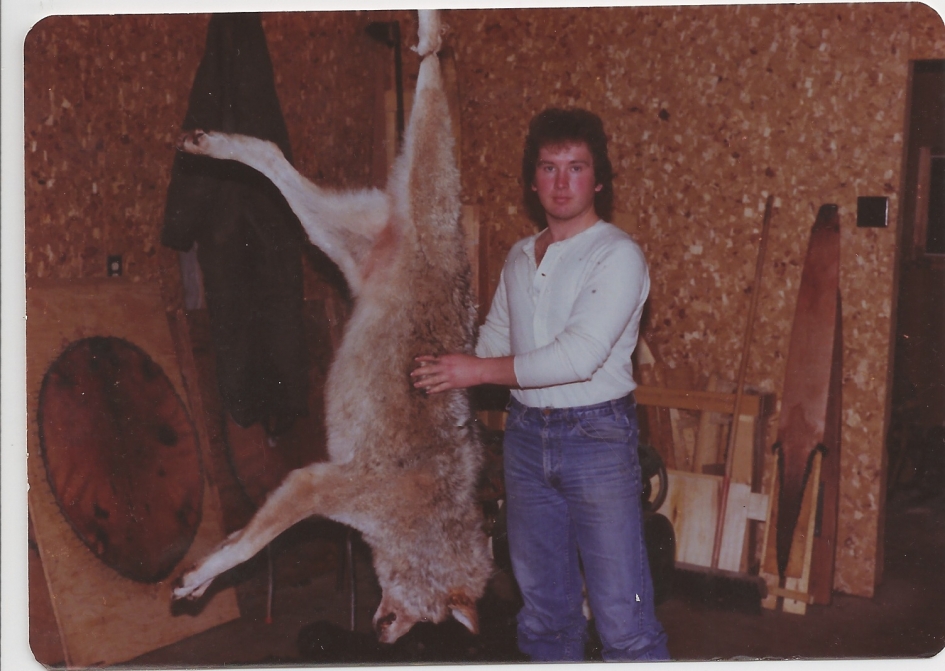
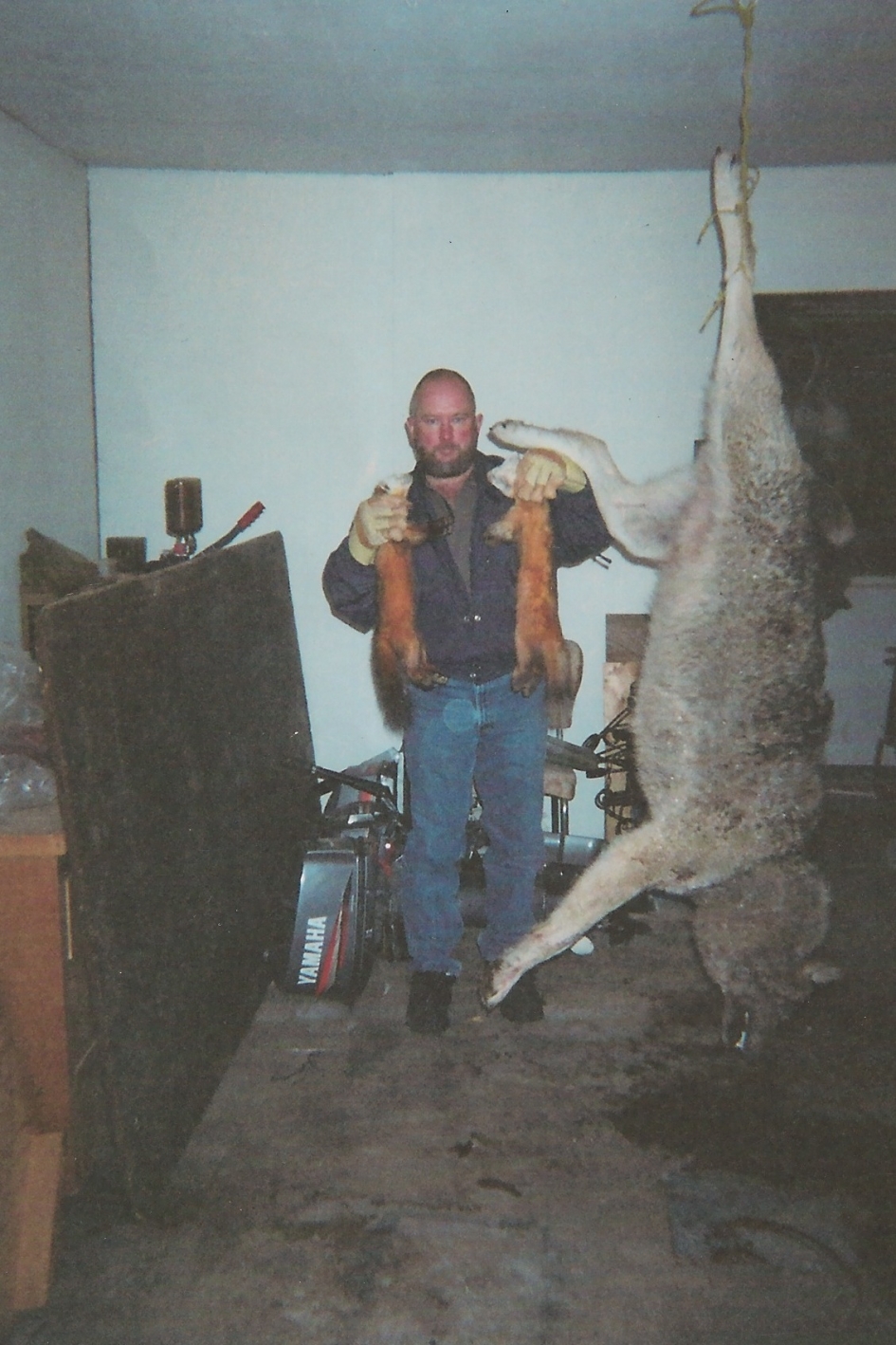
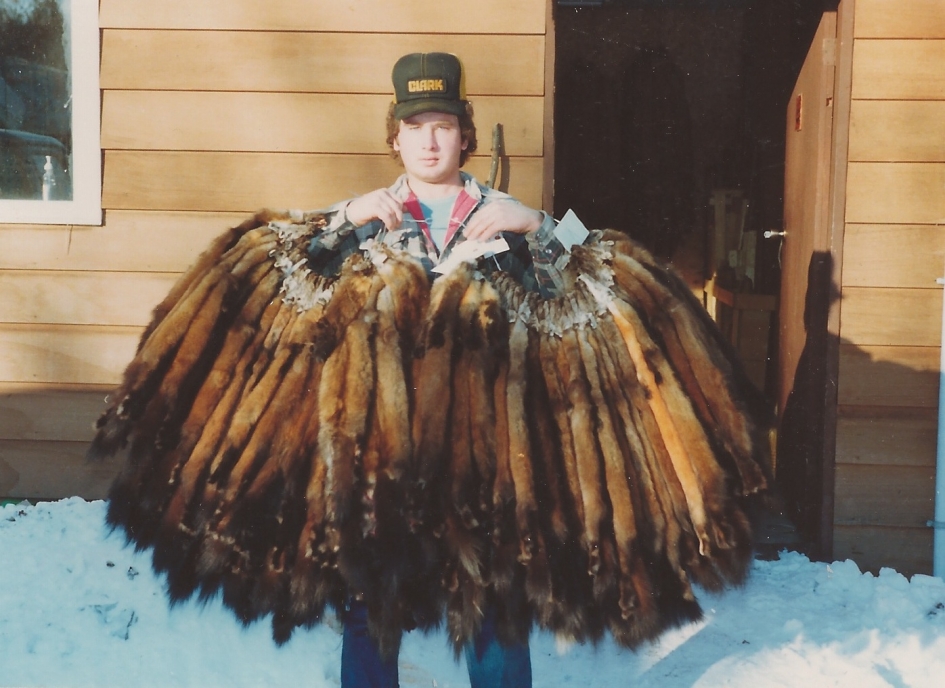
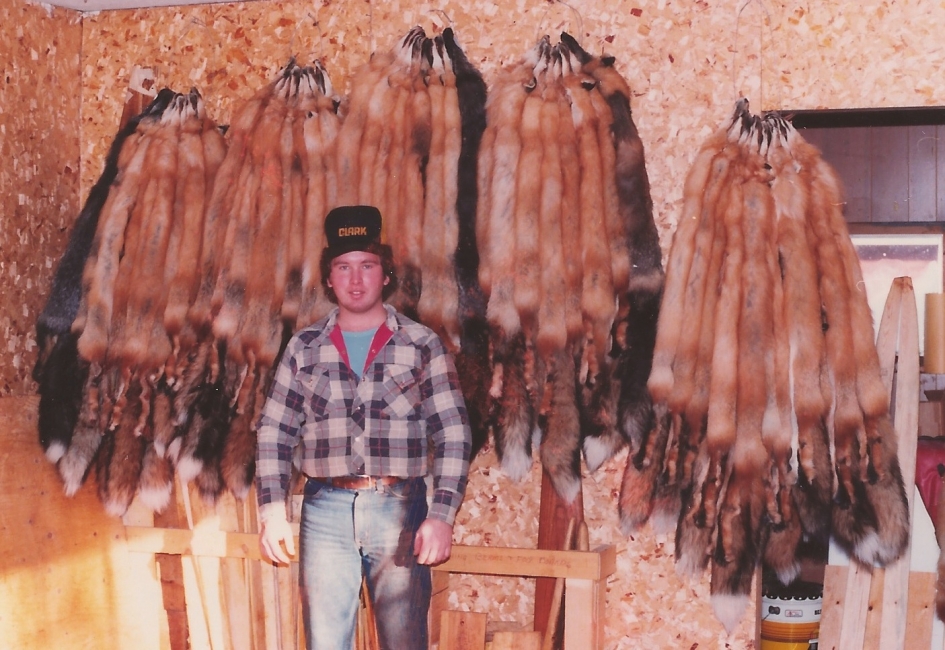
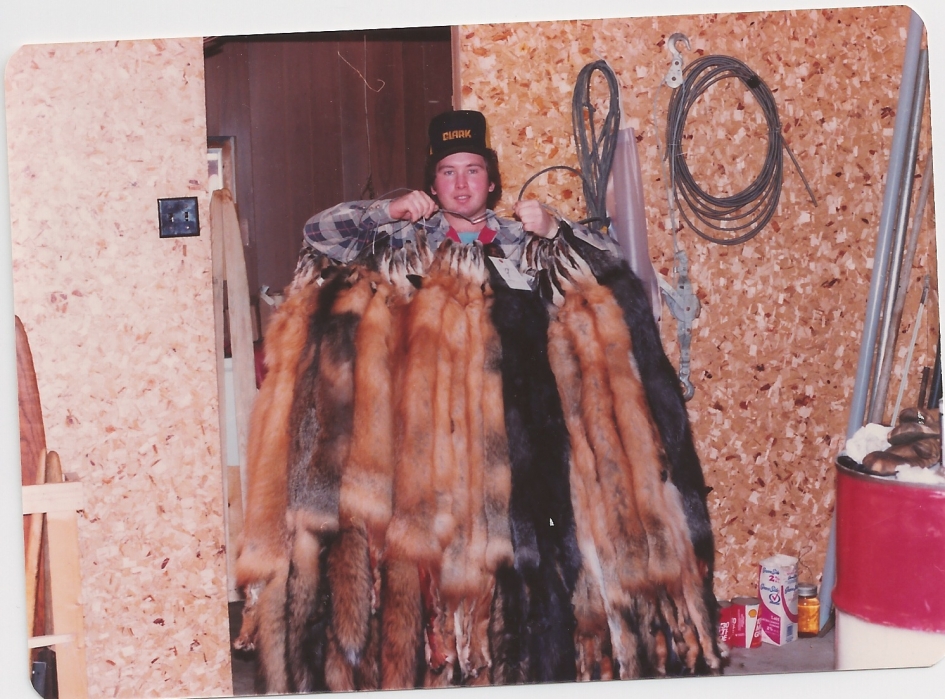
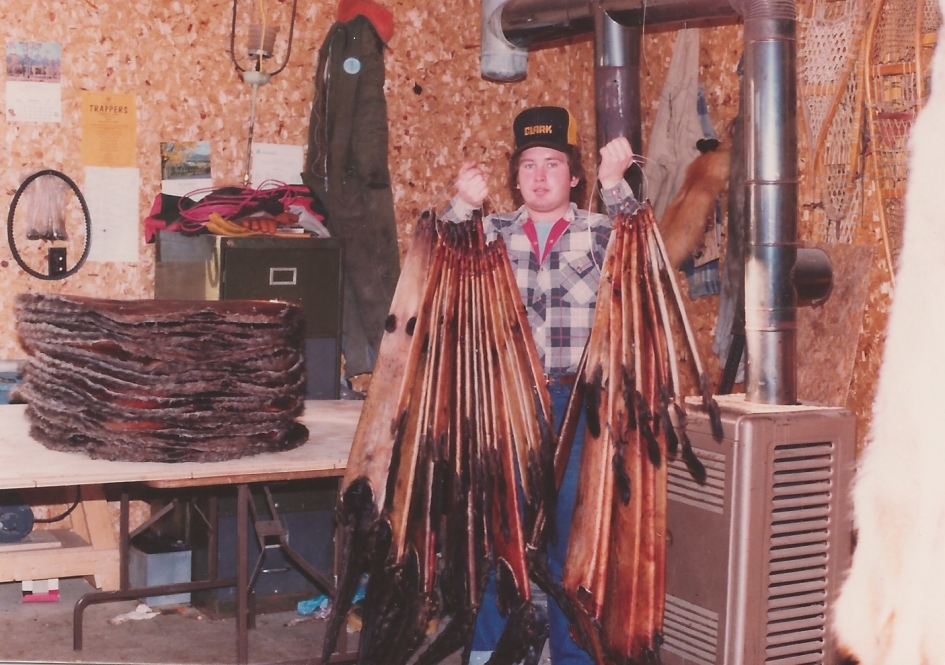







 Fur Trapping
Fur Trapping